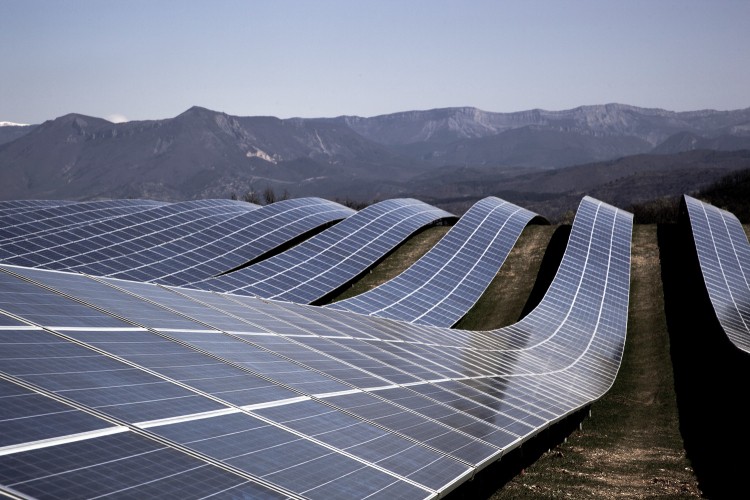Despite President Donald Trump’s claim of a rebound in coal jobs, he can’t stop the hemorrhaging of more coal jobs in the coming years. Sadly, he can undermine U.S. leadership in clean energy, one of our greatest engines of high-wage jobs.
Bloomberg reported Wednesday that the recent coal “bump” — which began before Trump was even elected — is “over.” Coal plants continue to shutter around the country, American coal production rates are dropping below 2016 levels, and automation continues to penetrate the industry.
That makes last week’s Reuters story on how some coal miners, duped by Trump’s false promises, were rejecting retraining even more painful. For instance, the Appalachian Regional Commission, a partnership between states and the federal government to boost the local economy, was able to fill only 20 of 95 slots in a major project to teach laid-off miners in the region computer coding.
“I think there is a coal comeback. I have a lot of faith in President Trump.” That’s the explanation one 33-year-old son of a miner gave Reuters for why he ended up taking a coal-mining course at a federally funded career training center in Pennsylvania.
“I am optimistic that you can make a good career out of coal for the next 50 years,” said another worker, Sean Moodie. He and his brother, who work in the natural gas industry, are also taking mining courses.
The only 50-year careers in energy that are being created at an accelerating rate today are in clean energy. Indeed, the wind and solar industries employ nine times as many people as coal. Tragically, Trump and the GOP are working hard to undermine the clean energy sector with their pro-pollution budget, regulatory policies, and even tax policies.
As a candidate, Trump railed against a political “war on coal” supposedly waged by President Obama, one Trump claimed was “killing American jobs.” On his first day in office, Trump deleted every climate change reference on the White House website, replacing them with an “energy plan,” which asserts he is “committed to… reviving America’s coal industry.”
But the reality, experts explain, is that the long-term trend can’t be stopped, for two basic reasons.
First, the shift away from coal both in the U.S. and worldwide is being driven by large-scale environmental and technology trends. The global fight to address climate change and urban air pollution is putting pressure on –and raising costs for — coal use. At the same time, cheap fracked gas and the ongoing collapse in solar, wind, and battery storage have made the alternative to coal much cheaper.
Second, even when coal production is flat or bumps up temporarily, there are no significant new permanent jobs. Between 1980 and 2015, coal production was actually up 8 percent, while coal jobs had dropped 60 percent (from 242,000 workers to well below 100,000) — because of productivity gains and, increasingly, automation.
Caterpillar is already introducing autonomous trucks and semi-autonomous drills. “You can keep those trucks running 24/7,’’ said Denise Johnson, Caterpillar’s head of resource industries. “You don’t have to take bathroom breaks.’’
“The way to compete is being more automated,” Rick Honaker, chair of the University of Kentucky’s mining program, told Bloomberg in June. A 2016 study by by Columbia University and Canada’s International Institute for Sustainable Development details the shift. The report projects automation will probably replace 40 to 80 percent of mine workers.
As for the recent coal “boom” Trump has been bragging about, Bloomberg noted Wednesday that it was a “bump” that began “in mid-2016, boosted by higher global prices that were mainly due to production cutbacks in China,” followed by Cyclone Debbie hitting some of Australia’s producers earlier this year, coupled with a modest rise in natural gas prices. “Coal production has since fallen below 2016 levels,” added Bloomberg.
“In private, coal company executives are deeply skeptical about the administration’s ability to alter market conditions,” explained the Washington Post last month after reviewing the companies’ documents acquired through Freedom of Information Act requests.
And, again, even if Trump could temporarily stop the decline in coal production, he can’t stop the hemorrhaging of more coal jobs in the coming years. It is cruel and counterproductive to give unemployed miners false hope about long-term or even medium-term job prospects.
It is equally cruel and counterproductive to try to undermine the soaring clean energy jobs sector, since, ultimately, that will hurt all Americans.



